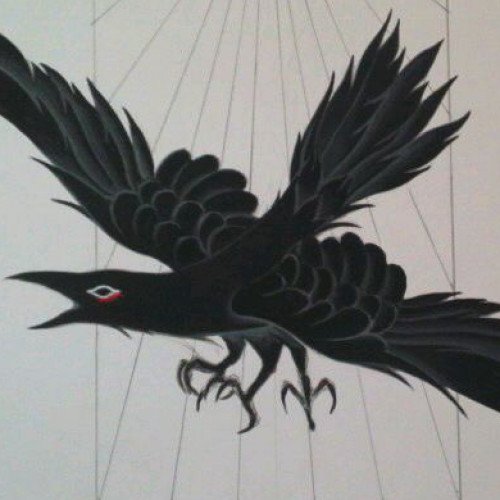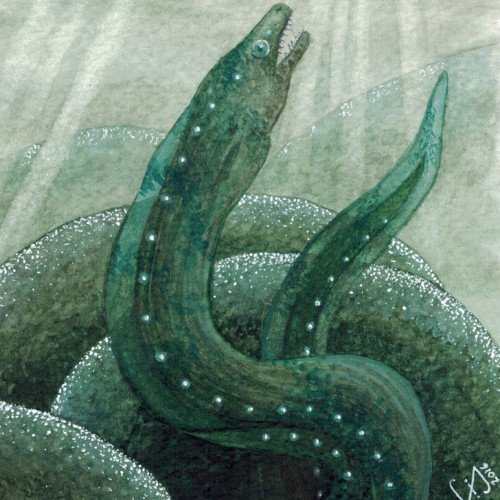Yatagarasu VS Abaia

Yatagarasu
In Japanese mythology, this flying creature is a raven or a jungle crow called Yatagarasu (八咫烏, "eight-span crow")[16] and the appearance of the great bird is construed as evidence of the will of Heaven or divine intervention in human affairs.[17] Although Yatagarasu is mentioned in a number of places in Shintō, the depictions are primarily seen on Edo wood art, dating back to the early 1800s wood-art era. Although not as celebrated today, the crow is a mark of rebirth and rejuvenation; the animal that has historically cleaned up after great battles symbolized the renaissance after such tragedy. Yatagarasu as a crow-god is a symbol specifically of guidance. This great crow was sent from heaven as a guide for legendary Emperor Jimmu on his initial journey from the region which would become Kumano to what would become Yamato, (Yoshino and then Kashihara). It is generally accepted that Yatagarasu is an incarnation of Taketsunimi no mikoto, but none of the early surviving documentary records are quite so specific.[18] In more than one instance, Yatagarasu appears as a three legged crow not in Kojiki but in Wamyō Ruijushō. Both the Japan Football Association and subsequently its administered teams such as the Japan national football team use the symbol of Yatagarasu in their emblems and badges respectively.[19] The winner of the Emperor's Cup is also given the honor of wearing the Yatagarasu emblem the following season. Although the Yatagarasu is commonly perceived as a three-legged crow, there is in fact no mention of it being such in the original Kojiki. Consequently, it is theorised that this is a result of a later possible misinterpretation during the Heian period that the Yatagarasu and the Chinese Yangwu refer to an identical entity.
Statistics for this Xoptio

Abaia
Abaia is a huge, magical eel in Melanesian mythology. According to Melanesian mythology the Abaia is a type of large eel which dwells at the bottom of freshwater lakes in the Fiji, Solomon and Vanuatu Islands. The Abaia is said to consider all creatures in the lake its children and protects them furiously against anyone who would harm or disturb them. It is said that those who are foolish enough to try to catch the fish from a lake containing the Abaia are immediately overwhelmed by a large wave caused by the thrashing of the Abaia's powerful tail. Another version of the legend states that if someone were to harm a creature living in the Abaia's home, the Abaia would cause a great rain storm flooding the land and drowning those who had caused the harm. One example of this ability is illustrated in the following story: One day a man discovered a lake in which were many fish, and at the bottom of the lake lived a magic eel, but the man knew it not. He caught many fish and returned the next day with the people of his village whom he had told of his discovery, and they also were very successful, while one woman even laid hold of the great eel, Abaia, who dwelt in the depths of the lake, though he escaped her. Now Abaia was angry that his fish had been caught and that he himself had been seized, so he caused a great rain to fall that night, and the waters of the lake also rose, and all the people were drowned except an old woman who had not eaten of the fish and who saved herself in a tree.